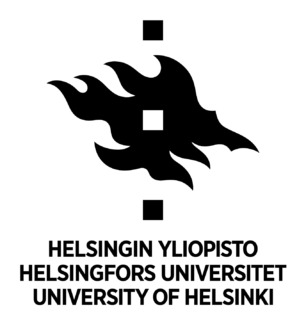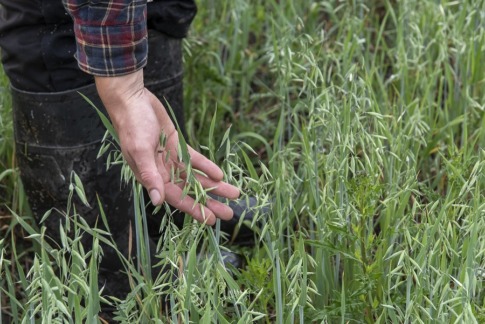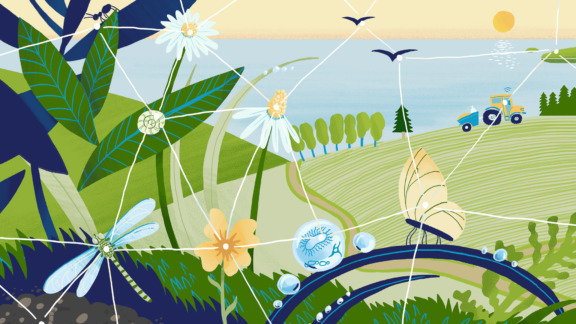FREACS
Regenerative Agriculture, Carbon Action
Understanding soil organic carbon sequestration by utilizing information from international networks
The FREACS project will address scientific questions related to soil organic carbon (SOC) sequestration, and will focus especially on SOC stabilization, storage and persistence mechanisms. The project quantifies and predicts SOC fractions and soil’s SOC storage potential on regional and continental scale. Insights will be used to develop an innovative rating system for SOC and soil health, ensuring impact far beyond the academic world.
Official name
Fractionating soil organic carbon to quantify, map and understand its persistence and storage (FREACS)
Duration
1/2022–12/2024
Persons in charge
Pierre Barré (Ecole Normale Supérieure de Paris, ENS Département de Géosciences)
Organisations
Finnish Meteorological Institute, University of Helsinki, INRAE Val de Loire, Thuenen Institute of Climate-Smart Agriculture, Greenback, Sorbonne University
Funder
EJP Soil, European Union
Data from six soil networks
Soil organic carbon (SOC) is a keystone for most soil functions and associated soil ecosystem services (e.g. biomass production, flood and erosion mitigation). SOC is also the main part of the large soil organic matter reservoir feeding soil life with energy and nutrients, and increasing SOC stocks can help mitigate climate change. The SOC reservoir has been strongly depleted by land-use. Restoring SOC stocks using more sustainable management practices has been suggested as a way to improve soil health while mitigating global warming.
With the FREACS project, our first objective is to quantify SOC fractions (Particulate Organic Matter, POM, and Mineral-Associated Organic Matter, MAOM), and estimate if these fractions are stable or active. Furthermore, we focus on SOC saturation levels and storage potentials on topsoil and subsoil samples, by analyzing data from six soil networks located in the European Union and in New Zealand. Secondly, we aim to unravel long-term SOC persistence mechanisms, and will evaluate SOC fractions sensitivity to land-cover and management practices. One main aim of the project is to ensure access to all data produced, publish our results openly and deliver impactful insights.
FREACS will address the majority of scientific questions related to SOC sequestration
The information on SOC fractions will increasingly be requested by soil monitoring networks and long-term agricultural or forestry experiments. The FREACS project will stimulate transnational exchange of information and expertise on SOC fractions and SOC storage potential in soil monitoring networks. We also aim to improve the capacity of SOC dynamics models to predict changes in SOC by allowing the initialization of models with quantifiable SOC fractions.
The results from FREACS will bring key insights on the understanding of SOC sequestration on regional and continental scales, and will also be used by the private sector to develop an innovative rating system for SOC and soil health, ensuring impact far beyond the academic world.
Contact
Jari Liski, Finnish Meteorological Institute, jari.liski@fmi.fi
Layla Höckerstedt, Finnish Meteorological Institute, layla.hockerstedt@fmi.fi
PROJECT PARTNERS








